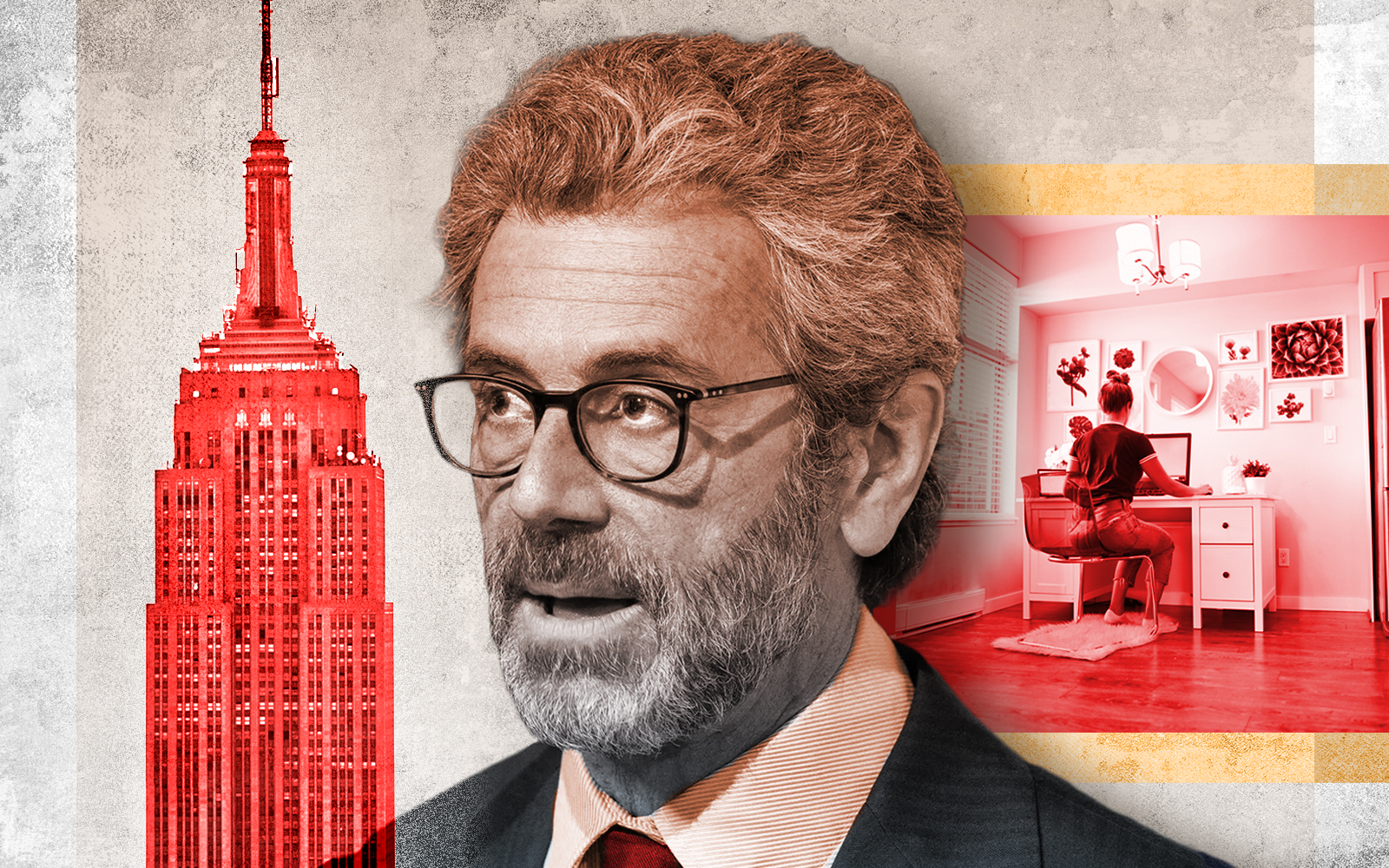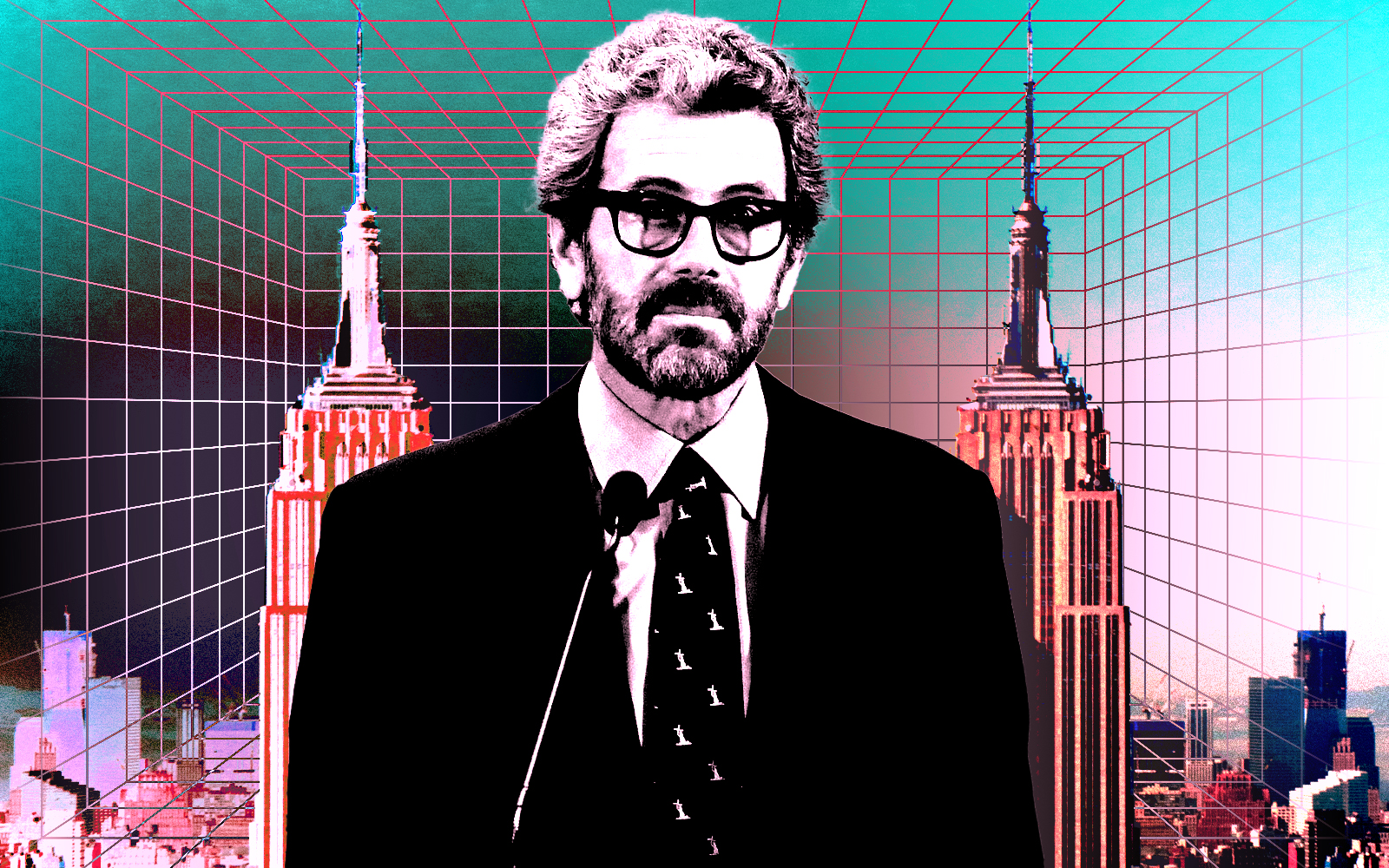The questions surrounding the future of the Empire State Building are daunting, but the iconic property has recently notched sizable office leases and elevated tourist spending.
The landmark surged past 90 percent occupancy in recent weeks, the New York Post reported. The Midtown Manhattan property isn’t seeing many tourists stop by compared to pre-pandemic days, but the leasing performance is the factor staving off larger concerns about the building’s future.
LinkedIn last month added 25,000 square feet at the Empire State Building, bringing its total footprint at the property to 526,000 square feet. Starbucks also leased 26,000 square feet last month for offices of its own; the company relocated from 370 Seventh Avenue.
The office space at the 2.7 million-square-foot, 102-story emblem of New York City is 90.2 percent leased, according to ESRT CEO Tony Malkin. That continues an upwards trajectory for the property, which was 87 percent leased early this year and 82 percent leased at the end of last year.
The overall availability rate in Manhattan for the third quarter was 19.4 percent, according to a report from Colliers. The occupancy rate across ESRT’s Manhattan portfolio last quarter was 90.5 percent.
Revenue was also up at the Empire State Building Observatory, propped up by elevated spending despite visitation reported to be 71 percent of pre-pandemic levels. Revenue at the Observatory rose 13.6 percent from the second quarter and 14 percent year-over-year.
There have been questions about how the Empire State Building could compete with higher-quality and newer properties as leasing trends shake out in a post-pandemic, hybrid-work world. ESRT conducted a $550 million overhaul of the property’s infrastructure in 2006, but concerns have surfaced in recent years over the building’s future, including an office-to-residential conversion.
— Holden Walter-Warner
Read more



